Whether half a century ago or today, the spirit of youth lives on in the Hammer Museum’s latest exhibit.
“Only the Young: Experimental Art in Korea, 1960s–1970s” has made its way from Seoul’s National Museum of Modern and Contemporary Art to Manhattan’s Solomon R. Guggenheim Museum and now, Westwood’s Hammer Museum. The exhibition showcases an era of avant-garde art that emerged following the Korean War. With nearly 80 works in a medley of mediums, “Only the Young” will explore the artistic rebellion of Korea’s youth until it leaves the Hammer on May 12. During her opening remarks, Hammer director Ann Philbin emphasized the context of Los Angeles’ Korean-American community in regards to the exhibit.
“LA is home to the largest population of Korean descendant communities outside of Korea itself,” Philbin said. “Korean art and culture, whether historic or contemporary, courses through the lifeblood of this city.”
[Related: Monica Youn examines US history of Asian erasure in Hammer Museum Poetry Series]
The entrance to the exhibit lies on the top floor of the museum, overlooking the courtyard and nestled behind swaying bamboo. By the door, the electric blue walls display a young man eating an apple, one photograph in a series by Sung Neung Kyung entitled “Apple” (1976). “Only the Young” is painted vertically on the wall, intertwined with the Korean characters from which the title translates.
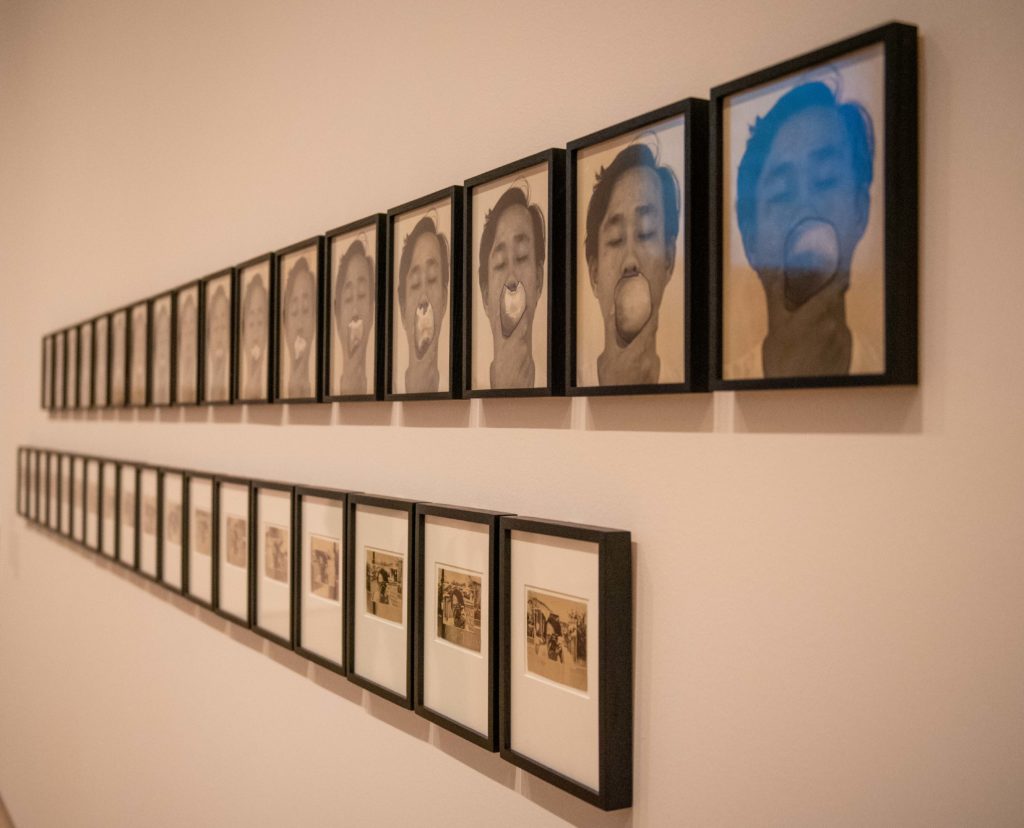
The first room in the exhibit is bright and bold, specifically highlighting youth to resonate with a younger audience, translator Jenny Kweon told the Daily Bruin on behalf of MMCA senior curator Kang Soojung. A pair of hot pink lips sits in the middle of the gallery, facing tall, neon tubes of red and blue that hum with electricity. Photographs of young women with long hair and miniskirts line the walls, representing a wordless rebellion against the values of an older generation. Feminism was a movement that came into Korea around this time, largely supported by the youth, Kang said. Senior public relations manager Santiago Pazos told the Daily Bruin the Hammer’s connection to UCLA is one of the reasons why “Only the Young” was a compelling exhibit.
“Younger people are the next generation and we deeply believe that art communicates learning experiences,” Pazos said. “(By presenting) these new ideas and concepts to the youth, it makes us feel that we will be able to have a better society down the line.”
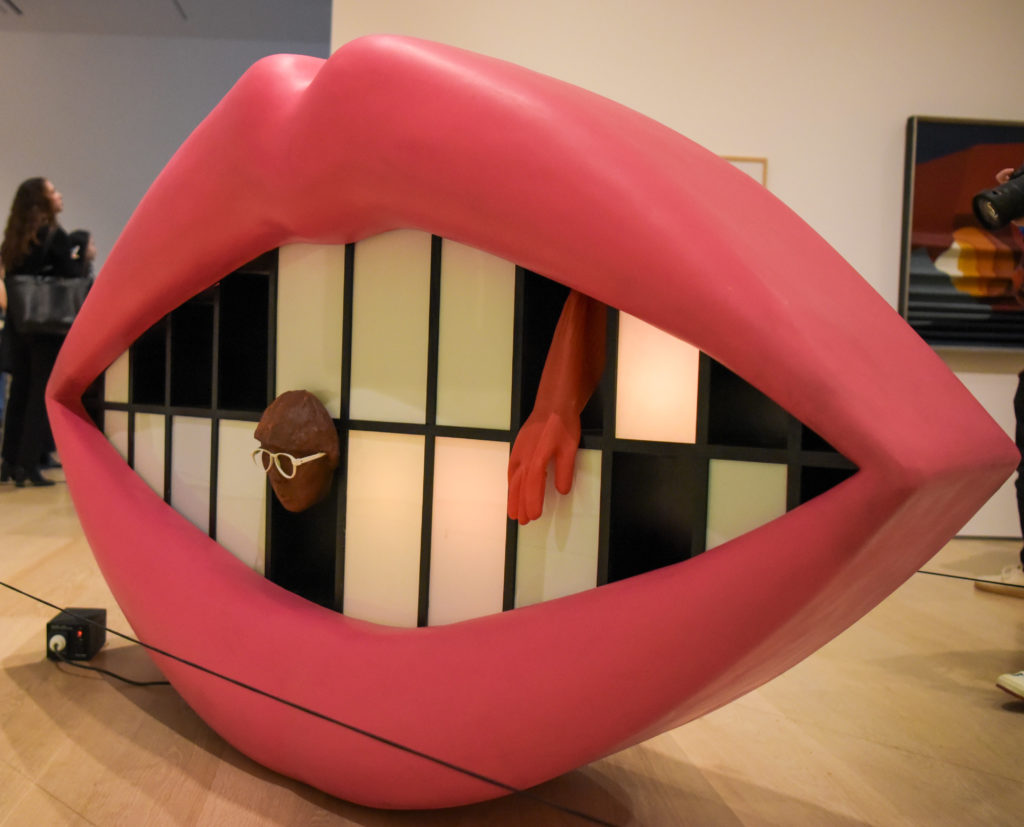
Around the corner, an entire wall is devoted to a timeline of Korean performance art, spanning from the 1960s to 1980s. Embedded into the wall are key moments, framed photographs and flickering screens that present the particular year’s experimental standouts. Detailed explanations underline each of the works, providing glimpses into not only the artists themselves, but also the era that produced such performances.
As the gallery continues, the artwork takes on a more pensive, natural tone. Brown and orange sculptures made of traditional Korean cookware take their place on the floor. Next to it is Lee Seung-taek’s “Paper Tree” (1970s), where suspended tree branches hold handmade ribbons of mulberry paper. The art lies not in the objects themselves, but in the way that the wind moves through them, Kang said. A wide screen shows a mirror floating in flowing water, each entity reflecting itself back to the viewer.
“Normally, avant-garde movements would start from rejecting performance or norms of tradition,” said Kang. “Interestingly, Korea was more a rediscovery of tradition, with tradition leading to a more unique approach to a lot of our art.”
[Related: Bruin Phoebe Li sculpts the human experience in her multimedia installations]
At the very end of the exhibit is “An Upside-Down Map of the World” (1974), a Korean map whose yellowed paper frame holds a carefully excised emptiness. Below it is a reconstructed map made up of small squares, set overlapping and upside down. The artist, Sung Neung Kyung, requested that Kang arrange the squares according to Kang’s own interpretation of the world. Through this, Kang said the artist had changed the world in his own way, and she hopes the audience will consider their place in the world as well.
The Hammer’s exhibition of “Only the Young” marks the first time that experimental Korean art has come to the West Coast. Pazos said this is dually significant because of Los Angeles’ Korean community and the youth at UCLA. This facet of Korea’s art history is unknown by many, Pazos added, and “Only the Young” offers an opportunity for both groups to not only learn something new, but find kinship with those of a different time. After all, Kang told the Daily Bruin, the themes driving “Only the Young” are not isolated to a specific time or age.
“Art can go across and beyond generations, and you can resonate with it regardless of what generation that art was,” Kweon said, translating for Kang. “The young spirit will never wither.”
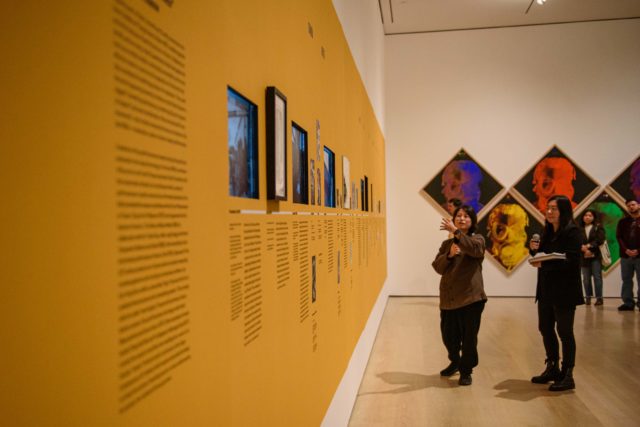

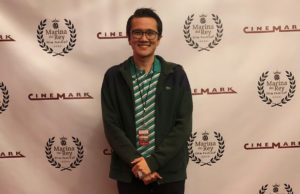
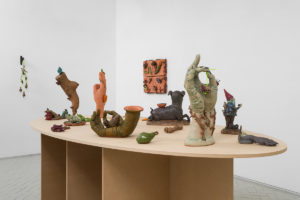
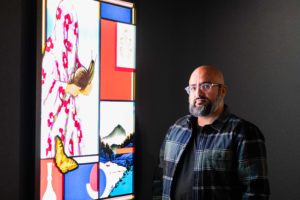
Comments are closed.